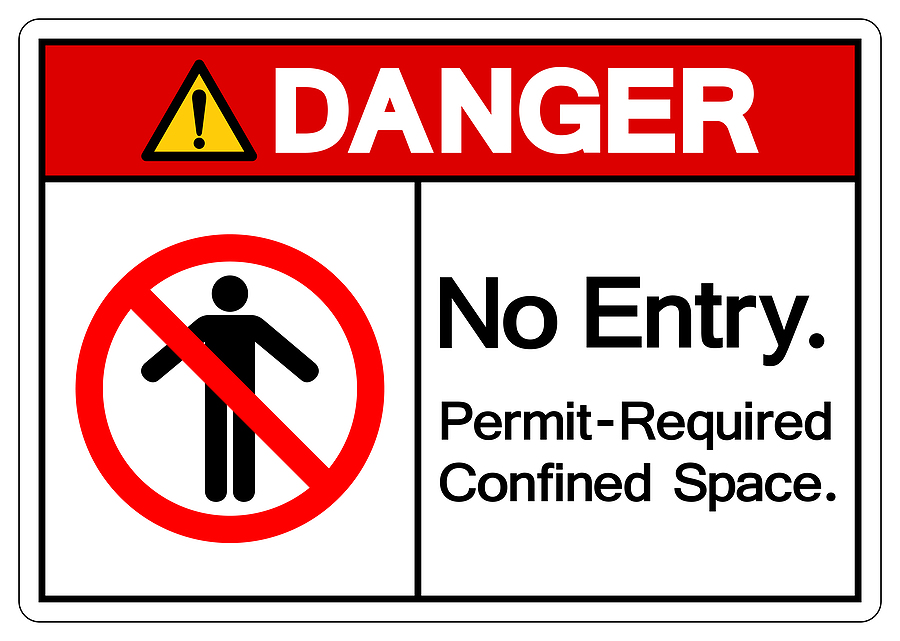Five Practices You Should Develop as a Safe Confined Space Worker

A confined workspace is a work area not designed for workers. However, the space is ample enough for workers to function and perform their job duties. Confined spaces also limit entry and exit and are not set up for continuous occupancy. Many workplace accidents are related to a confined space work. Without taking the proper precautions, plenty of the same types of mistakes get made, resulting in an injury or fatality. To avoid plenty of these repeated mistakes, look at this list of safety precautions, and Practices confined space workers should develop.
Practice #1: Become Fully Aware of your Confined Space
This practice is perhaps one of the most basic yet most important on the list. By simply being aware of potential hazards, you can avoid putting yourself in a dangerous position. The first step in developing this practice is identifying all permit-required confined spaces and placing them through employee training. Through employee training and awareness of potential confined space hazards, the team will be less likely to engage in hazardous activities.
Practice #2: Atmospheric Testing of Space
Over 50% of deaths in confined workspaces are due to inadequate air supply and quality. In addition to there being insufficient oxygen, other hazards can include methane gas, inert gases, sewer gases, and carbon monoxide. Workers or businesses must use a combustible gas meter to identify and test a confined workspace atmosphere before allowing a worker entry. From there, they keep doing continuous air testing to ensure that it remains safe enough for workers to complete their tasks.
Practice #3: Training for Authorized Entrants and Attendants
As mentioned above, employees must be informed and trained on potential confined space hazards. Entrants, or employees who enter these confined spaces, and attendants who serve as the “hole watch” must receive training. Part of his training includes reviewing confined space hazards, preparation requirements, emergency response, and responsibilities each title carries.
Practice #4: Isolating (lockout/Tagout) all Energy Sources
Businesses must isolate all hazardous energy sources before entry. Energy sources found in confined spaces can include electrical energy, natural gas; methane; steam; inert gas; and chemical feed lines. Again, this is another simple precaution to prevent so many injuries and potential fatalities.
Practice #5: Completing the Confined Space Entry Permit
A confined space entry permit is simply a checklist that verifies that the confined space is safe enough for entry for tasks to be completed. While no space is entirely perfect, you must strive to have it as safe as possible for those who need to enter the space.
All in all, each of these Practices is important in ensuring that space is safe for workers. Make sure that your space is up to par with the safety standards so your workplace can thrive!
